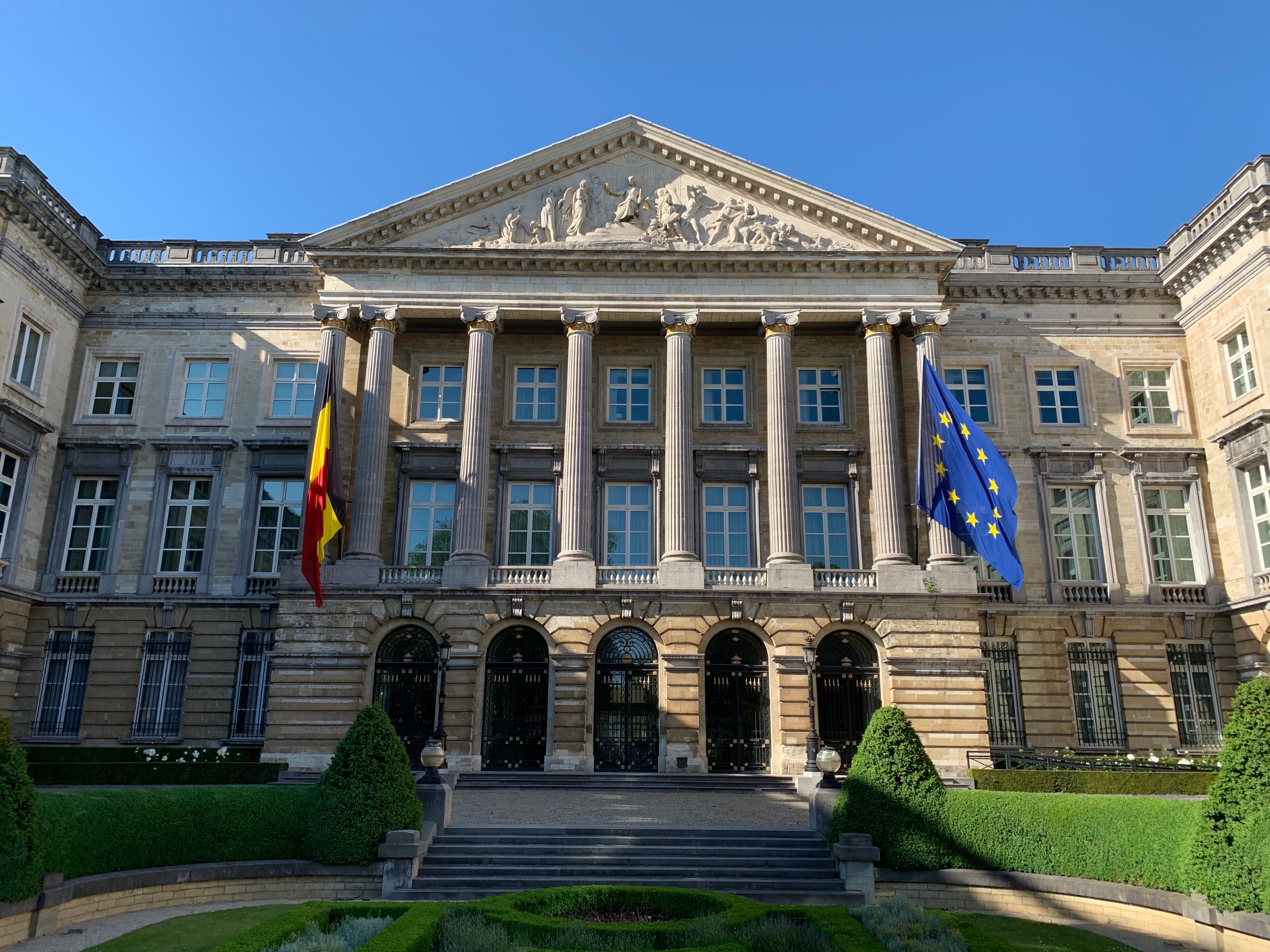Origins of and reasons for the emergence of the ‘green lease’ phenomenon
In recent years, sustainability has become a significant factor in determining the value of real estate. Buildings with high energy consumption, poor waste management or outdated materials (such as single-pane windows and incandescent light bulbs) are depreciating in value. Conversely, properties with sustainable features tend to be more attractive to investors and tenants. Sustainable buildings incur lower operational costs, provide greater resilience to the impacts of climate change and enhance tenant satisfaction and retention. Since the implementation of European legislation, such as the SFDR and CSRD, institutional investors and funds are increasingly integrating ESG criteria into their investment strategies. Additionally, ESG criteria are imposed by real estate lenders.
As a result, ESG due diligence has become a standard part of the acquisition process for real estate assets, including checks for the presence of green leases. Tenants are also looking to enter into green leases, either for intrinsic or EU legalisation compliance reasons. Green leases can be a valuable tool for incentivising both parties to manage real estate assets in accordance with ESG principles and to provide the necessary data to fulfil various reporting obligations.
Topics in green leases
While green leases cover a range of topics, the following are the most prevalent subjects.
Sustainable use of the leased space
This aspect aims to reduce the ecological footprint associated with the construction and operation of real estate. For instance, parties can agree that the tenant provides the landlord with a list of materials proposed for the fit-out, which must be approved by the landlord. This allows the landlord to control the materials used in the leased space, ensuring a certain level of sustainability. Such arrangements are particularly valuable if the landlord is striving for an EU Taxonomy aligned real estate asset, as the technical screening criteria of the EU Taxonomy stipulate specific requirements for materials used in the real estate.
Furthermore, green leases can include obligations for the landlord or tenant to purchase a certain percentage of renewable energy for use in the leased premises, to solely use energy-saving lighting appliances (such as LED bulbs), to use water and other energy sources sparingly and to engage certain waste management contracts. In our experience, parties tend to agree to reasonable efforts undertakings rather than strict performance obligations. While this is understandable, including some strict performance obligations in a green lease can be highly valuable as they provide clear benchmarks and create stronger incentives for both parties to invest in sustainability.
Data sharing
Data is essential to fulfil reporting obligations under the SFDR and CSRD and towards lenders, to establish compliance with the requirements for various ‘in use’ certificates (such as BREEAM, GRESB, LEED) and for CRREM pathway calculations. Therefore, it is crucial that green leases include a provision on data sharing. Parties typically agree to share all relevant information, documentation and evidence necessary for each to fulfil these reporting obligations upon the first request of the other party.
“Split incentive” and implementation of energy saving measures
In the implementation of sustainability measures, parties can face a so-called split incentive. This refers to a situation where one party (typically the landlord) pays for certain measures but does not receive the monetary benefit. For instance, the landlord may pay for measures to reduce energy consumption, but the tenant benefits from a lower energy bill. To prevent this from resulting in a lack of sustainability measures, it is important for landlords and tenants to engage in open and constructive conversations. Typically, parties find a way to share the benefit, such as agreeing on compensation from the tenant, which could be structured by way of a higher rent.
Parties can also consider agreeing on more concrete arrangements. According to the Environmental Activities Decree and the Environment Buildings Decree, there is an obligation to report on and implement all energy saving measures with a return-on-investment time of five years or less, both for environmentally harmful activities and buildings. Depending on the circumstances, this obligation may rest partially or entirely with the property owner and/or the tenant. Since it is not always clear in advance who, and to what extent, is obliged to implement such energy-saving measures, parties can agree on contractual arrangements to create more clarity. For instance, parties could agree that energy-saving measures must be carried out by and at the tenant’s expense, except for measures pertaining to the shell (casco) or shell-plus (casco-plus).
What about the S of ESG?
While green leases – as the name also implies – predominantly focus on the ‘E’ (Environmental) aspect of ESG, there are examples where they also extend to the ‘S’ (Social) aspect. For instance, in multi-tenant buildings, community management can be facilitated to organise social events and improve collaboration and contact between tenants. In practice, it is increasingly common for landlords to hire a ‘community manager’, who organises various social and work-related events, such as sporting events, yoga, mindfulness sessions, business breakfasts etc.
Dutch Real Estate Council of the Netherlands
Lease agreements in the Netherlands are often based on templates provided by the Dutch Real Estate Council of the Netherlands (ROZ). To establish a market standard, it would be beneficial if the ROZ were to publish a green lease template encompassing all relevant subject matters.
To date, the ROZ has not supplied such green lease template. However, at the end of 2022, the ROZ did adopt a new template lease agreement for retail spaces, updating the previous 2012 version. This new template includes provisions on sustainability measures that landlords are required to implement by law and mandates the sharing of water and energy consumption data. While this new template is a good start, it does not address all relevant green lease topics, such as the materials used for fit-outs and the sustainable use of the leased spaces. When using this template lease agreement for retail spaces, we recommend further expanding the green lease provisions to include additional topics mentioned in this blog.
Conclusion
The concept of green leases is still evolving and a standard market practice has yet to be established. Nonetheless, sustainability is becoming a higher priority for both tenants and landlords, prompting more frequent discussions on the subject. This trend is also reflected among lenders, who are increasingly imposing ESG criteria. Consequently, we anticipate that standardisation of green leases will gradually occur, incorporating the aforementioned sustainability topics.
Other blogs in this series
- ESG - How does the EU Taxonomy Regulation impact the real estate sector?
- ESG - How does the SFDR impact the real estate sector?
- ESG - How does the CSRD impact the real estate sector?
- ESG - Green and sustainability-linked loans in the real estate sector
- ESG - Key criteria impacting taxonomy-alignment of real estate
- ESG - Stay classified, real estate fund managers
In these blogs, ESG experts from the Loyens & Loeff Real Estate practice group regularly share insights and reflect on ESG topics from a real estate perspective. Together with the ESG focus group with specialists from across our different practice groups and home markets, we combine ESG expertise, project and transactional advice, transaction and litigation experience to enable your success. For more information, please contact one of the members of our Real Estate practice group below.









